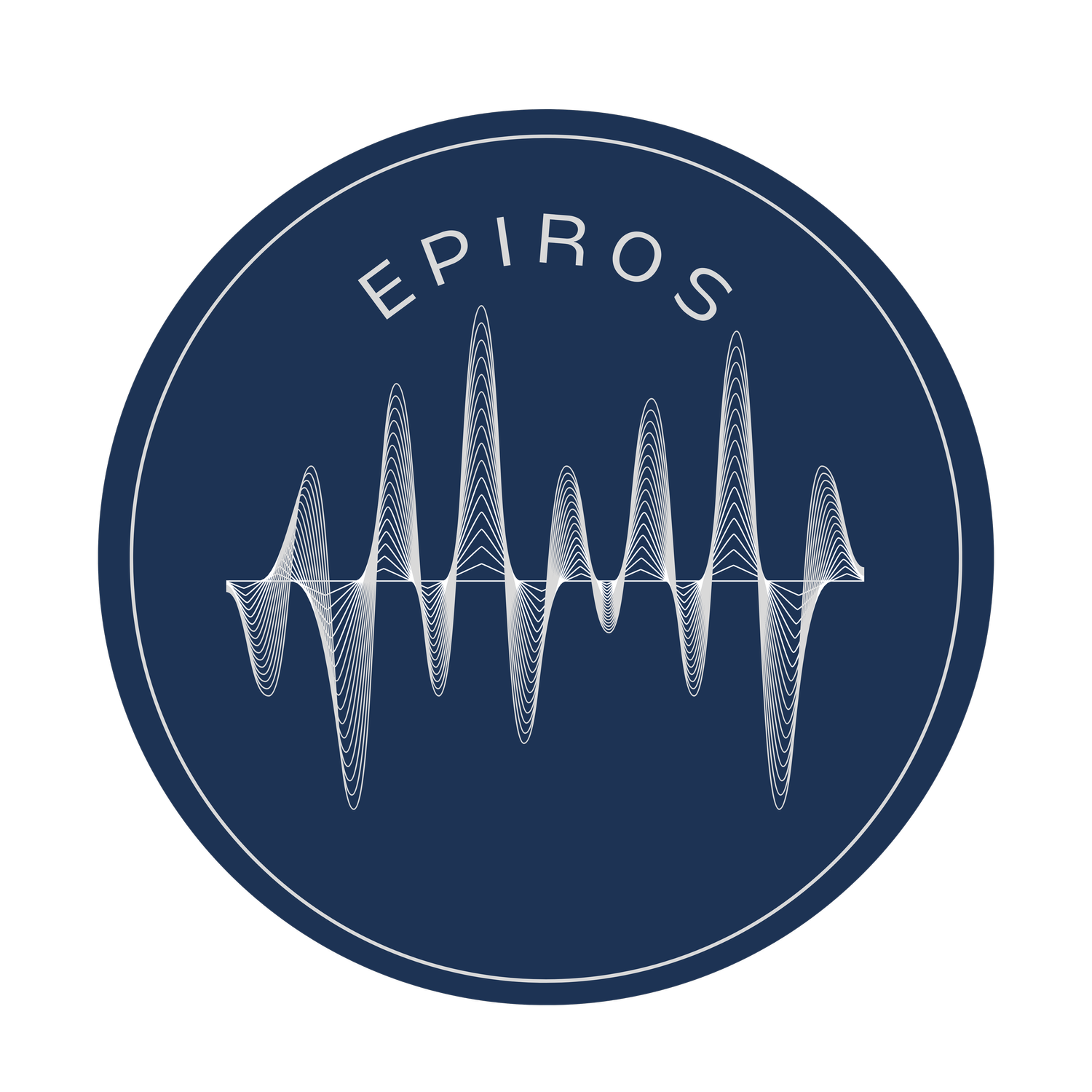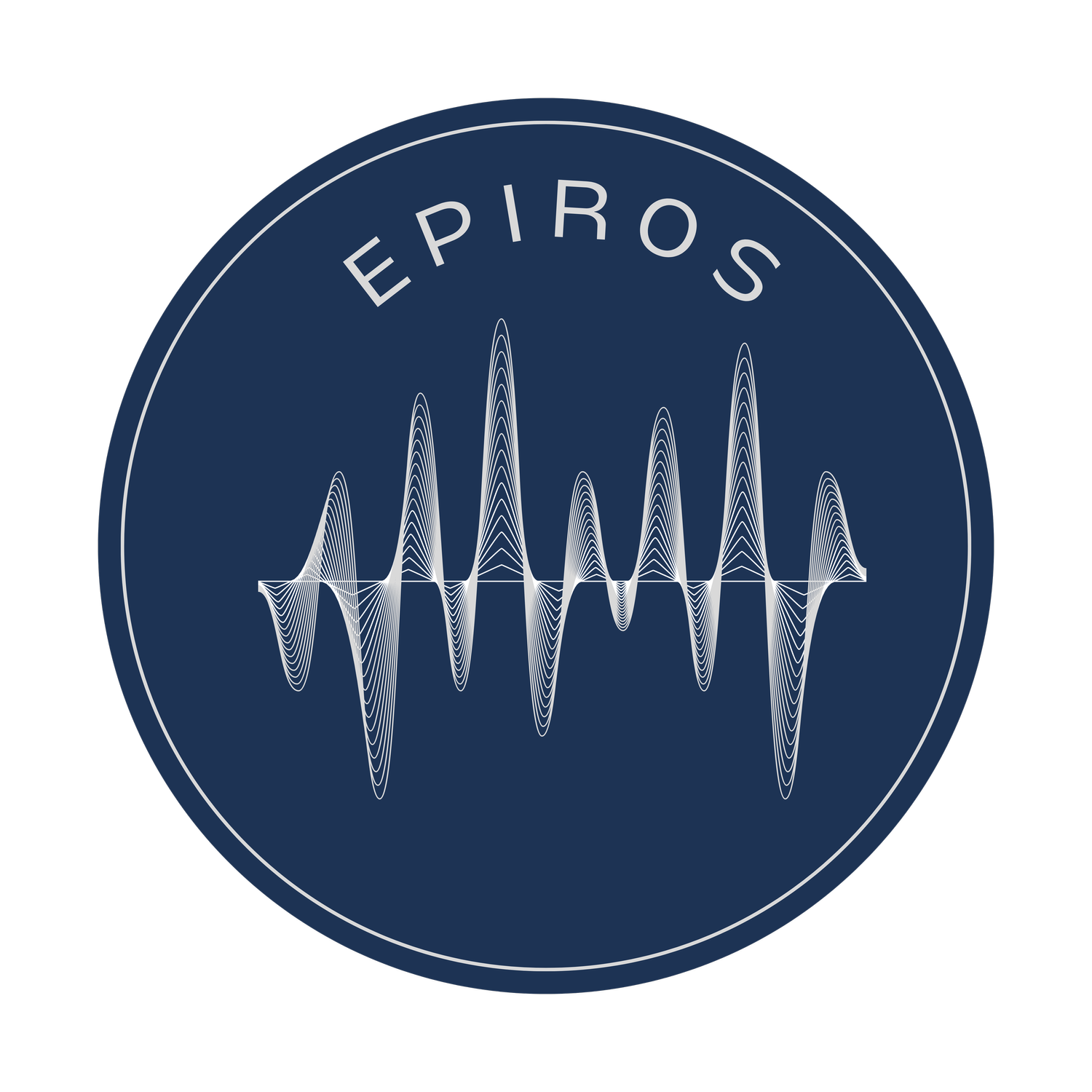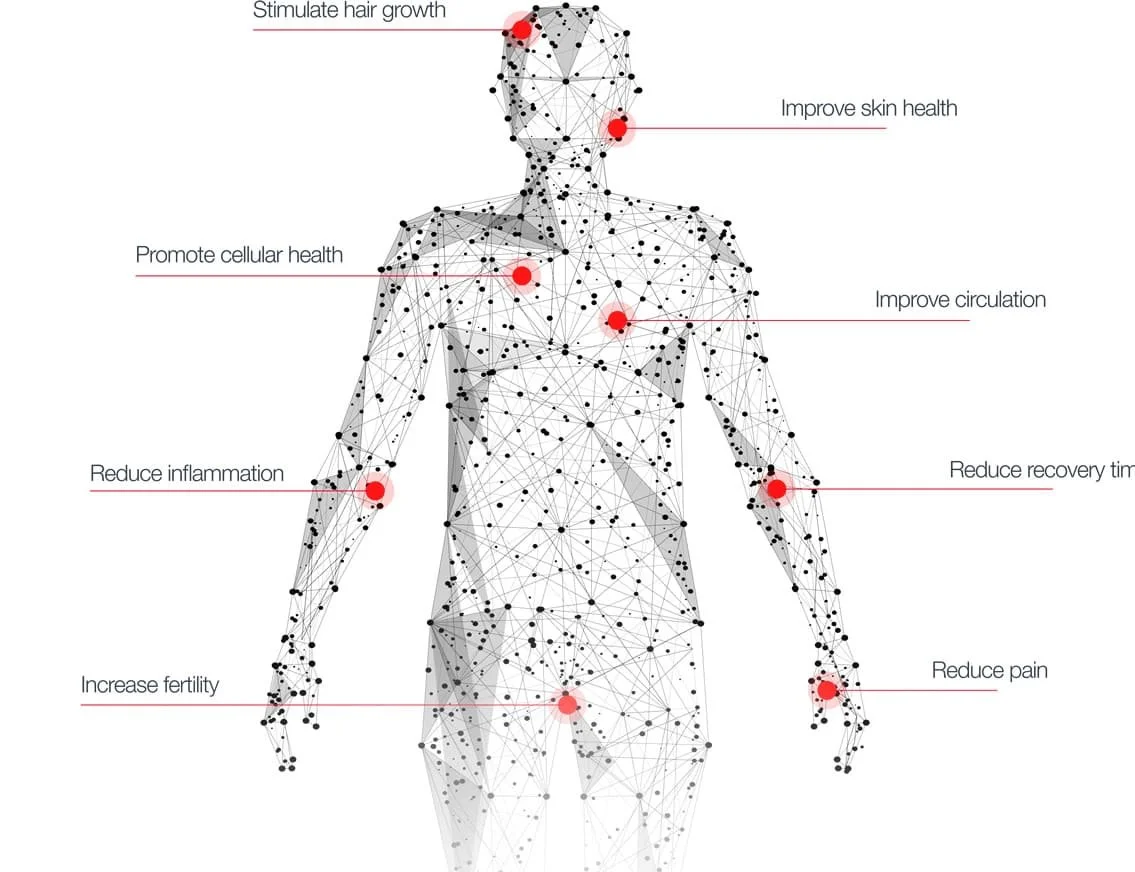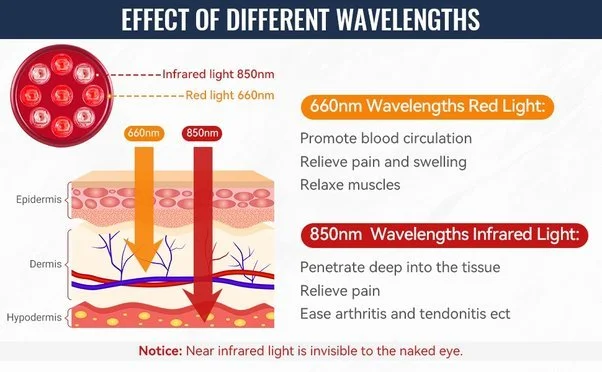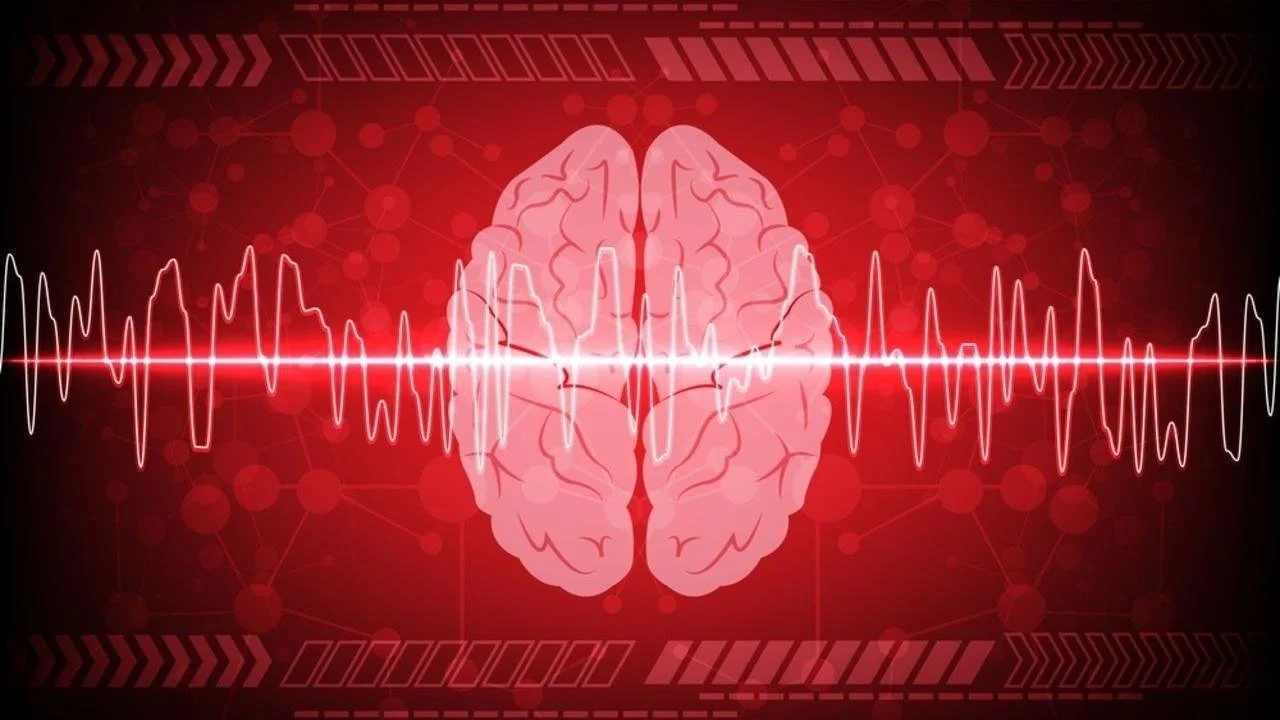A Brief History of
Red Light Therapy
Light therapy, or “heliotherapy,” has been used for millennia by healers who understood the healing properties of sunlight.
In 1666, Sir Isaac Newton discovered that sunlight consists of many different wavelengths. In the late 1800s, individual wavelengths were first isolated using artificial light.
Dr. Niels Ryberg Finsen first used artificial UV light therapeutically in 1893. He later received the Nobel Prize for his treatments of tuberculosis using UV light, and smallpox scars using red light.
Albert Einstein first explained the theory of stimulated emission in 1917, which became the basis of the invention of the laser.
The laser was developed 1962, and Hungarian physician Endre Mester’s low-level laser therapy device followed in 1967 to treat skin cancer and speed up wound healing.
The first practical light emitting diodes (LEDs) were developed in 1962 by Nick Holonyak, Jr., offering an efficient alternative to incandescent bulbs. Like lasers, LEDs can produce a single wavelength of light.
In the early 1990s, NASA researchers experimented with lights suitable for growing plants in space. Researchers tending the plants noticed that exposure to red LED light resulted in faster healing of hand wounds. This sparked interest in using red light to prevent muscle loss and slow healing that astronauts experience in zero gravity. Research into red light therapy began in earnest.
In 2012, we researched and developed the industry’s 12-wave spectrum for horticultural use. The first high-powered LED panel followed in 2016. It featured one red wavelength and one NIR wavelength.
Advances in LED technology in the last decade brought red light therapy into the mainstream, where previously getting treatment was limited to health professionals.
Today, researchers have a deeper understanding of the mechanisms of action behind this natural treatment and more treatment applications are emerging.
PlatinumLED’s high-powered LED therapy light panels are leading the photobiomodulation industry– presenting the public and health practitioners accessibility to medical grade redlight therapy devices that promote the most powerful irradiance for the most optimal healing experience.
Functional Medicine Doctor of Physical Therapy
The most
Powerful & Advanced
Red/NIR light therapy
7 Different
Wavelengths,
A Whole
Spectrum of Healing
How Does Red Light Therapy Work
Here’s a simple breakdown of the process through which Red Light Therapy helps your body recover and rejuvenate from the inside out.
This spectral output has been perfected for human therapy use by emitting an output that matches as close as possible to the body's own coefficient of spectral absorption. By efficiently emitting as close as possible to what the body will absorb within the studied therapeutic "action zones", we're able to maximize the production of ATP and mitochondrial stimulation.
The Benefits of Red Light Therapy
-
Red light therapy has been clinically proven to reduce fine lines and wrinkles, sun damage, sagging skin, and to smooth out the complexion. You may see results in as little as three weeks of daily use. Ongoing maintenance can keep your skin looking young and vibrant.
-
Red light therapy can ease pain and restore mobility due to osteoarthritis, rheumatoid arthritis, sacroiliac joint disorders, and other joint problems.
Most arthritis is classified as osteoarthritis (OA), or degenerative arthritis due to overuse (not aging). A smaller percentage of people suffer from inflammatory arthritis including rheumatoid arthritis (RA) and psoriatic arthritis (PA). Whatever the type of arthritis, red light therapy can help restore mobility and relieve pain.
Red light therapy can complement conventional physical therapy and may postpone the need for joint replacement surgery. Patients in one study experienced increased thickness in their synovial and femoral cartilage after red light treatment. It can also significantly reduce arthritis pain, decrease in morning stiffness, and reduce inflammation.
-
Red light therapy can help speed up healing of bone fractures. It improves the formation of blood vessels and increases bone growth factors and increases mineralization for faster rebuilding of bone density after a fracture.
-
NIR light can treat brain conditions. Transcranial light therapy shines NIR wavelengths onto the forehead. Transnasal light therapy involves shining light through the nasal cavity into the central areas of the brain.
Light therapy helps damaged neurons replenish and heal through mitochondrial stimulation, reduced inflammation, and increased circulation.
Numerous studies including this one show that transcranial red light therapy can improve cognitive function in dementia patients, assist in healing from traumatic brain injury (TBI) and stroke, ease psychiatric and mood disorders like anxiety and depression, slow or reverse age-related cognitive decline, and ease symptoms of neurodegenerative disorders like Alzheimer’s Disease and Parkinson’s Disease.
-
NIR light therapy is an exciting potential treatment for dementia, Alzheimer’s Disease (AD), and Parkinson’s Disease (PD).
Dementia, which includes AD, affects approximately 7 million American adults and that number is projected to rise as the Baby Boom generation ages.
Patients with mild to moderately severe dementia received 12 weeks of treatment that included weekly in-clinic transcranial/transnasal treatment sessions and daily at-home intranasal light therapy. The second phase involved a no-treatment 4-week period. After 12 weeks, there was significant progress in memory recall, visual attention, task switching, executive brain function, and other cognitive performance markers.
Patients also slept better, had fewer outbursts of anger and anxiety, and wandered less after treatment. Since the no-treatment period saw significant declines, the authors suggest that ongoing treatment could be vital for managing dementia and AD.
Parkinson’s Disease is characterized by a slow degeneration of neurons related to motor and non-motor function. One study that focused on age-related cognitive decline also noted reductions in tremors and improvements in balance in patients with PD-related dementia.
Parkinson’s develops after the mass death of neurons in the midbrain. The authors say that NIR light therapy can stabilize dying neurons, potentially slowing disease progress
-
People with traumatic brain injury (TBI) or stroke may suffer from psychiatric disorders and cognitive impairments including mood swings, anxiety, depression, memory, and problems concentrating.
NIR light therapy can reduce inflammation and oxidative stress, stimulate ATP production, initiate neurogenesis (formation of new neurons and glial cells) and initiate synaptogenesis (formation of communication channels called synapses between brain cells).
This supports healing and restoration of damaged brain tissue and improvement in executive function, verbal learning, and other cognitive markers.
-
Red light therapy regulates the immune response in patients with COVID-19, which is especially good news for anyone suffering from “long COVID.”
Myalgic encephalomyelitis or chronic fatigue syndrome (CFS) is a complex multi-system disease currently considered incurable and may be a complication of COVID-19.
An intriguing 2020 study suggests that using red light to stimulate the microbiome gut/lung axis can support healing from COVID-19-related chronic problems including CFS.
Why does this matter? As ancient physician Hippocrates said, “All disease begins in the gut.” Today, we know he wasn’t wrong.
The gut microbiome, or the beneficial bacterial environment in the digestive system, is an essential part of the immune system. Red light therapy helps treat systemic conditions by supporting the gut microbiota. This includes giving patients reduced susceptibility to COVID-19.
Red light therapy applied to the chest may improve airway function, blood oxygenation, reduce immune overactivity to prevent chronic inflammation, and ease depression brought on by social isolation and anxiety about the future.
-
Red light therapy can improve fertility in both men and women by boosting natural testosterone production in men and improving egg quality in women.
-
Fibromyalgia pain and muscle weakness could be mitigated with red light therapy. The treatment targets the entire hierarchy of mechanisms relating to the origin and regulation of pain
-
Red light therapy promotes new hair growth in people with male and female pattern hair loss, also known as androgenetic alopecia. It works by stimulating the anagen and telogen phases in hair follicles and inhibiting the catagen (regression into dormancy) phase, thus keeping hair follicles in the growth phase longer
-
The thyroid regulates the metabolic processes of the body. Hypothyroidism results in a dramatic slowdown of body systems leading to fatigue, weight gain, depression, cognitive impairment, cold sensitivity, and muscle weakness.
From 2006 to 2009, study participants with hypothyroidism were treated with 830 nm light and many were able to significantly reduce the use of levothyroxine, suggesting that red light therapy is effective at improving thyroid function.
Though studies are few, the promise is there since inflammation is the primary cause of autoimmune hypothyroidism and red light therapy has powerful anti-inflammatory properties.
-
Chronic inflammation is considered to be the root cause of most diseases; reducing chronic inflammation is an important part of healing. Red light therapy has powerful anti-inflammatory effects. In addition to healing, the treatment could be used preventatively to remove inflammation and thus remove the cause of major health concerns.
The Benefit of Red Light Therapy
-
A 2017 study concluded that nerve cells respond well to the bio-stimulating effects of NIR light therapy. First, the treatment reduces inflammation to give nerve cells a chance to heal and regenerate. Then, it promotes nerve regeneration which is necessary to restore nervous system function.
Red light therapy stimulates the production of Schwann cells, which form the protective myelin sheath around nerves. It also stimulates fibroblasts to produce collagen that supports normal nerve cell function. Together, Schwann cells and fibroblasts work together to form a “cord” that rejoins damaged nerve cells to healthy nerve cells.
-
Whether your pain is acute from an injury or you have chronic pain in the back or knees, red light therapy has been shown effective in relieving many types of pain:
Pinched nerves
Frozen shoulder
Low back pain
Ankylosing spondylitis
Degenerative knee osteoarthritis
-
Inflammation can cause a variety of respiratory complications. Red light therapy can reduce inflammation in patients with lung fibrosis, chronic obstructive pulmonary disease (COPD), and bronchial asthma and allergic rhinitis.
-
Red light therapy is best known as a skin rejuvenating treatment. It also treats chronic inflammatory skin disorders including psoriasis, eczema, acne, and rosacea. Regular ongoing treatments can put skin disorders into remission.
Many studies confirm the beneficial effects of red and NIR light on the skin, including this landmark study.
-
Good sleep is essential for cognitive functioning, emotional health, and physical health. In 2012, 20 elite female basketball players received 30 minutes of red light therapy every night for 14 days. The results included higher serum melatonin levels, better sleep, and better endurance performance.
-
Red light therapy can treat bone breaks, sprains, torn muscles and other sports injuries.
Many professional sports teams use red light therapy as part of daily training to accelerate recovery and allow athletes to return to training quickly after injury.
University athletes with sprains, contusions, tendonitis, and ligament damage showed a faster return-to-play after treatment with 830 nm light. The treatment group was able to return to training in just under 10 days, compared with the 19-day average in the control group.
-
It may be surprising that red light therapy can help you lose weight, but several studies confirm that it can.
20 obese women were asked to perform aerobic and resistance training; one group also received treatment with NIR light, which resulted in a greater reduction in visceral fat and reduced neck and waist circumference. Just as importantly, the treatment group developed higher leptin levels (the hunger-inhibiting hormone).
Red light therapy can cause fat cells to develop temporary perforations that allow them to release lipids: up to 80% of the lipids after just four minutes and more than 90% after 6 minutes. The released lipids convert into carbon dioxide and are naturally expelled from the body.
-
Red light therapy can minimize downtime after surgery and accelerate healing in wounds in any stage. When applied immediately after injury or surgery, red light can lead to less scarring by ensuring that emerging cells grow into normal skin rather than scar tissue.
-
Pain in the mouth can be distressing. Red light therapy can reduce dentin hypersensitivity and ease pain in temporomandibular disorder (TMJ).
-
For weekend warriors and elite athletes alike, red light therapy can increase athletic performance, prevent delayed-onset muscle soreness (DOMS), and heal and regenerate damaged muscle tissue.
Pre- and post-exercise red/NIR light therapy can increase athletic performance, reduce recovery time, increase muscle mass, and decrease inflammation. It has even been suggested that red light therapy could be an unfair competitive advantage!
-
Acute inflammation is a beneficial function of the immune system but chronic inflammation inhibits the body’s ability to protect itself. Dr. Hamblin's 2017 paper discusses a temporary boost in inflammation to support healing; once the inflammatory response is no longer needed, red light inhibits inflammation. This ability to down-regulate the inflammatory process is important for joint disorders, injuries, and other health challenges.
-
Red light therapy can minimize downtime after surgery and accelerate healing in wounds in any stage. When applied immediately after injury or surgery, red light can lead to less scarring by ensuring that emerging cells grow into normal skin rather than scar tissue.
